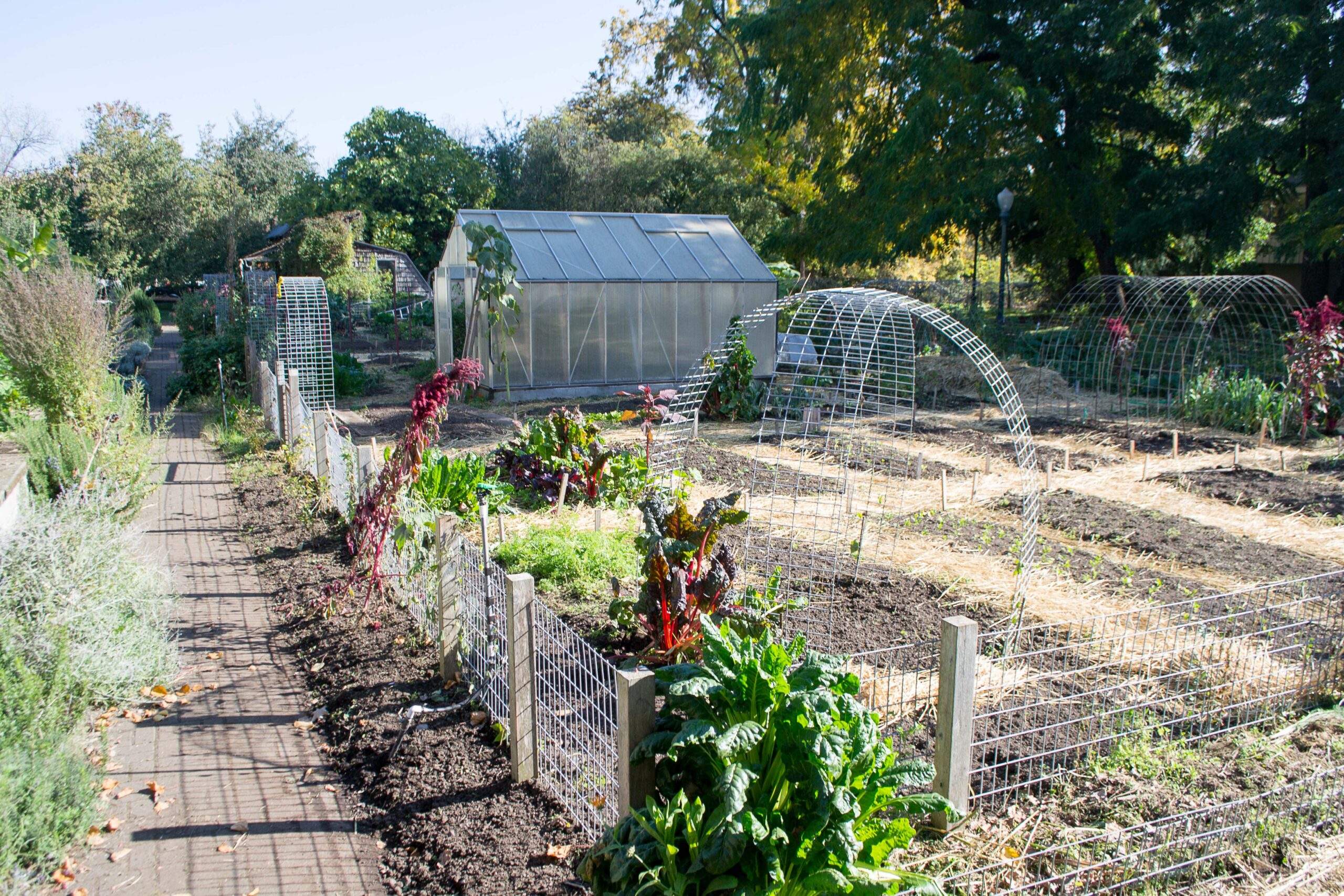Table of Contents
Introduction
Mushroom cultivation is a rapidly growing industry that offers a wide range of opportunities for urban agriculture. The use of mushrooms as a food source is not a new concept, but it has become increasingly popular in recent years due to the growing demand for healthy, sustainable, and locally produced food.
Urban agriculture mushroom cultivation provides a unique solution for city dwellers to grow their own food and contribute to the local food economy, while also addressing some of the challenges faced by urban agriculture.
Overall, mushrooms represent a great option in urban agriculture. This is due to their ease of growth, healthiness, and ability to micro-farm them.
Read on as we discuss this practice in more detail.
The Use of Mushroom Cultivation in Urban Agriculture
Urban agriculture has become a vital component of sustainable food systems in many cities around the world. It provides an opportunity for city dwellers to grow their own food, promote food security, and reduce the carbon footprint associated with transportation of food.

Mushroom cultivation is an especially well-suited form of urban agriculture because it requires minimal space and resources, while still providing a substantial yield.
Take, for example, a small patio. Someone may grow some vegetables such as tomatoes or some herbs like basil in this area. Another possibility is to grow gourmet mushrooms for consumption, as they represent a wholesome staple of a healthy diet.
Mushrooms are also a valuable source of nutrition, providing high levels of protein, vitamins, and minerals. They are low in calories, and can be a nutritious addition to any diet. Additionally, they are a versatile food source, which can be used in a wide range of dishes, from soups and sauces to stir-fry and salads.
Setting Up a Mushroom Cultivation Project in Urban Areas
Setting up a mushroom cultivation project in an urban area can be a challenging but rewarding experience. There are several key factors to consider when planning a project, including the type of mushrooms to grow, the space required, and the resources and equipment needed.
P.S. Check out this great video from GroCycle on growing mushrooms in urban areas.
The first step in setting up a mushroom cultivation project is to determine the type of mushrooms to grow. There are many different types of mushrooms that can be cultivated, each with its own unique flavor and nutritional profile. Some of the most popular types of mushrooms for cultivation include oyster, and button mushrooms.
Oyster and button mushrooms are some of the most resilient mushrooms you can grow. This is why they make excellent candidates for urban growing. They can withstand minor temperature swings, while also growing big and strong. They can also resist contamination quite well.
Once the type of mushrooms has been determined, the next step is to assess the space required for the project. This will depend on the scale of the project, but it is important to ensure that there is enough space for the equipment, containers, and growing medium.
If you are simply growing on a terrace, rooftop, or porch, you only need basic materials! This will include standard gardening supplies, a large pot to sterilize mushroom substrates, and some mushroom spores.
Learn how to sterilize mushroom substrates at home without a pressure cooker here.
Once you have the basic supplies, simply monitor the weather outside to make sure your water content in your mushroom substrates isn’t too high due to rain or humidity. If you are growing indoors, you can worry less about these factors. Simply mist your substrates/mushrooms a couple of times daily, and your mushrooms will grow.
Challenges and Solutions in Urban Agriculture Mushroom Cultivation
Urban agriculture mushroom cultivation can present several challenges, including limited space, environmental control, and access to resources. However, with the right approach, these challenges can be overcome and a successful mushroom cultivation project can be established.
One of the biggest challenges faced by urban agriculture mushroom cultivation is limited space. This can be addressed by using containers and stacking systems to maximize the growing area. Mushrooms are a great candidate for vertical farming. Vertical farming reduces footprint and is highly efficient in usage of space in urban areas.

Another challenge faced by urban agriculture mushroom cultivation is the control of environmental factors such as temperature and humidity. If you live in a city with long winters, unfortunately growing mushrooms outside may be difficult. If you do want to grow outside, you may need to wait for summer/spring to arrive.
You can grow mushrooms indoors in an urban setting. You can very simply use a closet or basement as a grow space and follow all the normal steps of growing mushrooms at home. The important steps include sterilizing your grow medium, and supplying ample water/humidity.
Read more about growing mushrooms at home here.
We recommend tapping into your local community when it comes to growing mushrooms in a city. You can easily meet like-minded people who may also grow food or mushrooms around their home. Learning techniques from others is one of the
Future of Urban Agriculture and Mushroom Cultivation
The future of urban agriculture mushroom cultivation is bright, as the demand for locally grown, sustainable, and nutritious food continues to grow. As more people become interested in growing their own food, the demand for mushroom growing will increase.
Additionally, more technology will soon become available for mushroom growers in urban areas to maximize space and grow better mushrooms.
If you plan to part-take in urban mushroom farming, find a local community to join. Surely, there are others out there who will join you or already practice the hobby.
Back to mushroomgrowing.org home!


